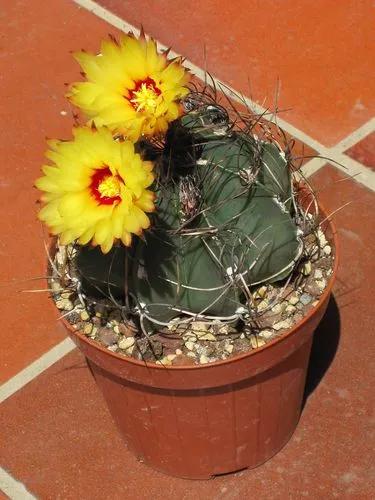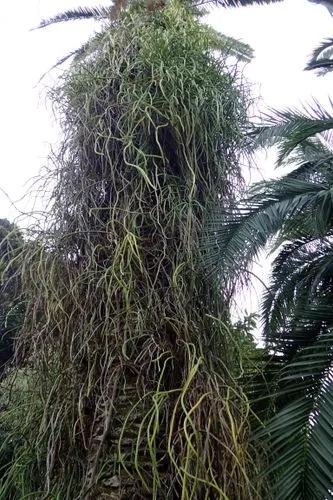Orchid Cactus is a genus of epiphytic plants of the Cactus family, with about 20 species. Mexico is the birthplace of the flower, as well as the tropics and subtropics of the Americas. The plant was first described in 1812, and today Orchid Cactus is a popular houseplant.
Orchid Cactus Care
Disocactus ackermannii
Other names: Orchid Cactus, Strap Cactus



Orchid Cactus is a succulent plant with long, branching stems, drooping or creeping, sometimes with wavy edges. The stems can be flat or triangular with aerial roots. The plant has large funnel-shaped flowers that can open both day and night. The fruits are large, often prickly, reddish in color, edible, with a banana-pineapple-strawberry taste.
How to Care for the Plant

Water

Use settled water at room temperature as soon as the top layer of soil dries out, and water the plant more often in summer. If Orchid Cactus overwinter in a cool room, you may stop watering, but at the beginning of spring, resume soil moisture and increase it gradually.

Pruning

Pruning Orchid Cactus consists of removing faceted or round stems that never produce flowers and shortening flat stems. When pruning flat stems, remember that the plant's flowers are formed on stems grown over the past year, but it will be possible to prune older ones only after 2-3 years because they are necessary to ensure the life of the plant. Stems showing cork formations should be removed.

Fertilizer

In the spring and summer, apply a cactus fertilizer solution prepared in accordance with the instructions twice a month. In the bud formation phase, fertilize the plant with mullein (1 part fertilizer to 4 parts water). After flowering, feed every two weeks, alternating organic top dressing with mineral nitrogen fertilizers for houseplants. During the dormant period, Orchid Cactus does not need fertilizing.

Sunlight

You can keep the plant on the windowsill of a west or east window: the lighting should be bright but diffused. Orchid Cactus thrives outdoors in summer, but direct sunlight at noon is undesirable.

Soil

You can buy potting soil from a store or make your own by mixing four parts turf and leafy soil with one part each of charcoal, fibrous peat, and coarse sand. Do not include ingredients containing lime in the substrate composition — the optimal pH for Orchid Cactus is pH 5-6.

Propagation

You can germinate Orchid Cactus from seeds. You can also propagate it vegetatively by using stem cuttings or dividing the bush.

Temperature

During the warm season, the most comfortable temperature for Orchid Cactus is 64-77 degrees Fahrenheit (20-25 Celsius). From November to February, when the plant is resting, the temperature should be no higher than 50-59 (10-15) degrees.

Container

Try not to use too large a pot for transplanting. Orchid Cactus does not need a tall container, but it should be wide, ceramic, or plastic. For drainage, you should lay expanded clay, broken foam, or pebbles at the bottom.

Fun fact

Stems with aerial roots are often erroneously referred to as Orchid Cactus leaves.

Popularity

855 people already have this plant 176 people have added this plant to their wishlists
Discover more plants with the list below
Popular articles






